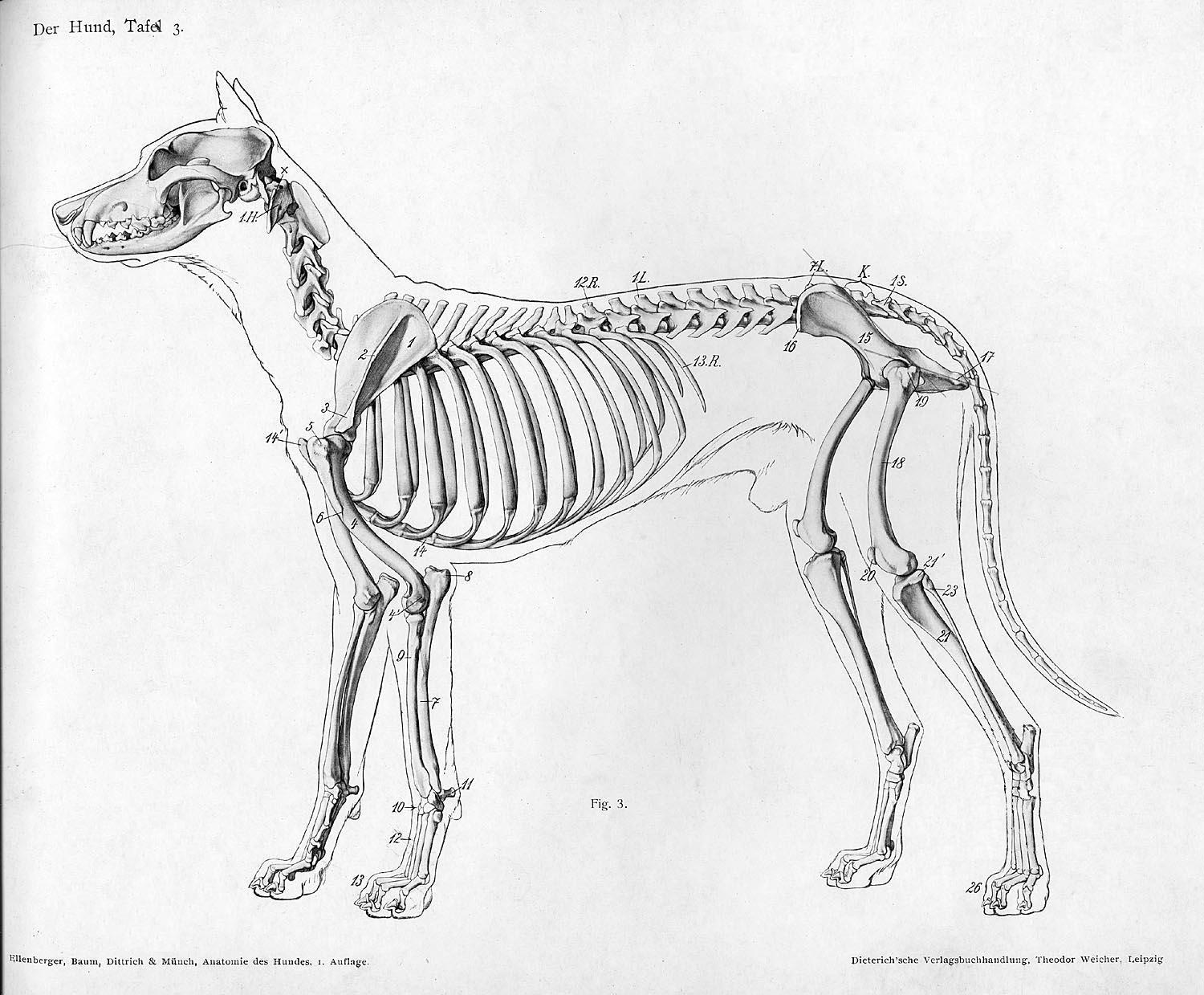Dog - Man’s Best Friend
The domestic dog (Canis lupus familiaris when considered a subspecies of the wolf or Canis familiaris when considered a distinct species) is a member of the genus Canis (canines), which forms part of the wolf-like canids, and is the most widely abundant terrestrial carnivore. The dog and the extant gray wolf are sister taxa as modern wolves are not closely related to the wolves that were first domesticated, which implies that the direct ancestor of the dog is extinct. The dog was the first species to be domesticated and has been selectively bred over millennia for various behaviors, sensory capabilities, and physical attributes.

Their long association with humans has led dogs to be uniquely attuned to human behavior and they are able to thrive on a starch-rich diet that would be inadequate for other canid species. Dogs vary widely in shape, size and colors. They perform many roles for humans, such as hunting, herding, pulling loads, protection, assisting police and military, companionship and, more recently, aiding disabled people and therapeutic roles. This influence on human society has given them the sobriquet of "man's best friend".
Origin

The origin of the domestic dog is not clear. It is known that the dog was the first domesticated species. The domestic dog is a member of the genus Canis (canines), which forms part of the wolf-like canids, and is the most widely abundant terrestrial carnivore. The closest living relative of the dog is the gray wolf and there is no evidence of any other canine contributing to its genetic lineage. The dog and the extant gray wolf form two sister clades, with modern wolves not closely related to the wolves that were first domesticated. The archaeological record shows the first undisputed dog remains buried beside humans 14,700 years ago, with disputed remains occurring 36,000 years ago. These dates imply that the earliest dogs arose in the time of human hunter-gatherers and not at the dawn of agriculture.
Where the genetic divergence of dog and wolf took place remains controversial, with the most plausible proposals spanning Western Europe, Central Asia, and East Asia. This has been made more complicated by the most recent proposal that fits the available evidence, which is that an initial wolf population split into East and West Eurasian wolves, these were then domesticated independently before going extinct into two distinct dog populations between 14,000-6,400 years ago, and then the Western Eurasian dog population was partially and gradually replaced by East Asian dogs that were brought by humans at least 6,400 years ago.
Biology
Health
There are many household plants that are poisonous to dogs (and other mammals) including begonia, Poinsettia and aloe vera.

Some breeds of dogs are prone to certain genetic ailments such as elbow and hip dysplasia, blindness, deafness, pulmonic stenosis, cleft palate, and trick knees. Two serious medical conditions particularly affecting dogs are pyometra, affecting unspayed females of all types and ages, and gastric dilatation volvulus (bloat), which affects the larger breeds or deep-chested dogs. Both of these are acute conditions, and can kill rapidly. Dogs are also susceptible to parasites such as fleas, ticks, mites, hookworms, tapeworms, roundworms, and heartworms (roundworm species that lives in the heart of dogs), keeps it from beating properly, and will eventually lead to death.

A number of common human foods and household ingestibles are toxic to dogs, including chocolate solids (theobromine poisoning), onion and garlic (thiosulphate, sulfoxide or disulfide poisoning), grapes and raisins, macadamia nuts, xylitol, as well as various plants and other potentially ingested materials. The nicotine in tobacco can also be dangerous. Dogs can be exposed to the substance by scavenging garbage or ashtrays; eating cigars and cigarettes. Signs can be vomiting of large amounts (e.g., from eating cigar butts) or diarrhea. Some other signs are abdominal pain, loss of coordination, collapse, or death. Dogs are susceptible to theobromine poisoning, typically from ingestion of chocolate. Theobromine is toxic to dogs because, although the dog's metabolism is capable of breaking down the chemical, the process is so slow that for some dogs even small amounts of chocolate can be fatal, especially dark chocolate.
Lifespan
Dogs are also vulnerable to some of the same health conditions as humans, including diabetes, dental and heart disease, epilepsy, cancer, hypothyroidism, and arthritis.
In 2013, a study found that mixed breeds live on average 1.2 years longer than pure breeds, and that increasing body-weight was negatively correlated with longevity (i.e. the heavier the dog the shorter its lifespan).
The typical lifespan of dogs varies widely among breeds, but for most the median longevity, the age at which half the dogs in a population have died and half are still alive, ranges from 10 to 13 years. Individual dogs may live well beyond the median of their breed.


The breed with the shortest lifespan (among breeds for which there is a questionnaire survey with a reasonable sample size) is the dogue de Bordeaux, with a median longevity of about 5.2 years, but several breeds, including miniature bull terriers, bloodhounds, and Irish wolfhounds are nearly as short-lived, with median longevities of 6 to 7 years.
The longest-lived breeds, including toy poodles, Japanese spitz, Border terriers, and Tibetan spaniels, have median longevities of 14 to 15 years. The median longevity of mixed-breed dogs, taken as an average of all sizes, is one or more years longer than that of purebred dogs when all breeds are averaged. The longest-lived dog was "Bluey", who died in 1939 at age 29.5 years of age.